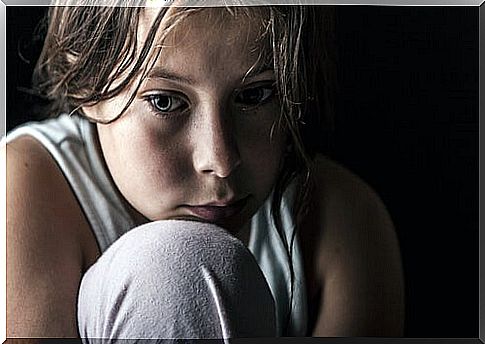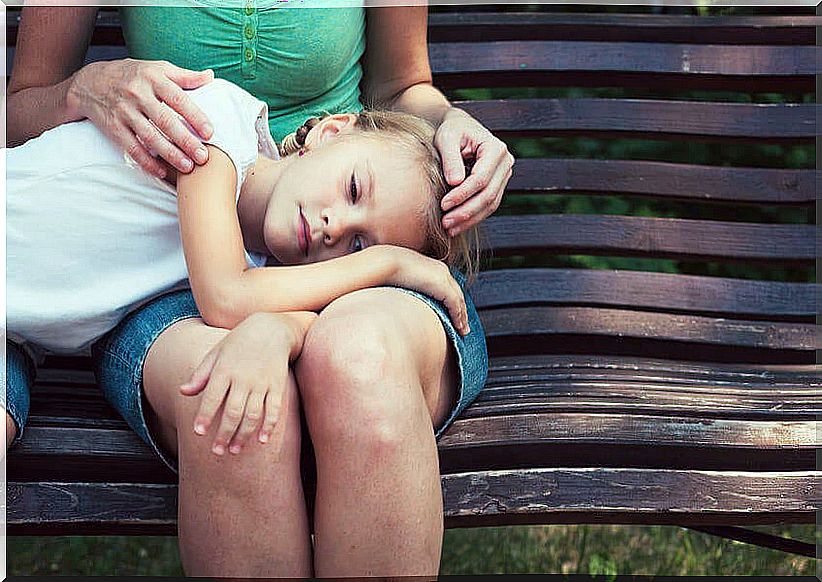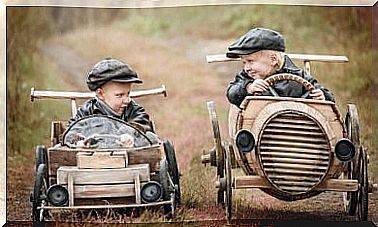The Wound Of Separation: Attachment As A Fundamental Right

The wound of a child’s separation from his parents is never forgotten. It is immense, heartbreaking and leaves serious consequences that last almost irreparably over time. This is what many of those little ones who have been abruptly (and violently) separated from their parents on the border between the United States and Mexico are experiencing.
There are images that, in some way, leave imprinted the most adverse and dehumanized essence of our race. In mid-June, newspapers around the world opened with several photos and videos of the Rio Grande Valley, in southern Texas. Here and along the border, a set of facilities have been erected where dozens of children cried and asked for their families while they were crammed into metal cages.
They were the children of Central American immigrants who have just entered the country illegally. They were little ones who had just experienced a very traumatic moment: being violently separated from their parents. It is known that since May of this year the US government has separated more than two thousand children from their fathers and mothers following the policy of “zero tolerance” established by Donald Trump.
Although it is true that only a few days ago the president himself revoked this separation policy in the face of social pressure, it is known that many of these regrouping have not yet been carried out. Furthermore, as the experts in child psychology tell us, the damage has already been done, and the wound that this trance may have left them will in many cases be irreparable.

The wound of separation, an indelible mark
The image that heads this article is the one that has been around the world for its expressiveness, for that expression of anguish and bewilderment contained in a child’s face. She is a two-year-old Honduran girl who has just been detained along with her mother at the border. It is known that in this case, mother and daughter were not separated. However, she is no stranger to that moment of anguish, of threat from authority, and of that sharp and deep fear that she would surely see in her own mother’s expression.
Psychologists have been studying the effect of trauma on the child’s mind for more than 70 years. It is known that nothing can affect physical, neurological and emotional development more than the trauma caused by a separation. Due to this temporary or lasting deprivation of parental attachment. A good part of those two thousand children separated from their families in the detention centers were distanced from their mothers, fathers or uncles in the worst possible way: with violence.
This fact further intensifies the impact of the trauma. It is known that, after these separations, the little ones go through three phases: protest, despair and later, detachment. In these cases, it doesn’t even matter if they are well fed or if their physical needs are met. The emptiness due to the lack of their parents and the absence of that family figure that provides affection, security and attention leads them to a state of absolute helplessness.

Anguish, the origin of the wound
The wound of separation comes from an indisputable source: anguish. The human being is programmed to respond that way. That is, when we are separated from our family and who is in essence, our main social nucleus, we experience a combination of stress, fear and uncertainty. All these emotions define emotional anguish, and it will not matter for example that they are bad parents, the simple experience of being separated from them puts us in a state of absolute despair.
Little by little, this situation of sustained anguish alters the child’s physiology. Stress and hormones, such as cortisol, begin to wreak havoc on an organism that is still immature, in a brain that is still growing, in a mind where the trauma will gradually consolidate.
Attachment is a fundamental human right
No child should experience traumatic separation from their parents. At present, and given the continuous migratory phenomena that occur every day throughout the world, an essential priority should be established: family grouping. We cannot forget, for example, all the previous experiences that these little ones carry behind their backs with their parents: the abandonment of a home, a house and the harshness of a trip that is never exactly easy or comfortable.
If we add to that separation and isolation, the impact is devastating. Children will grow up with serious psychological disorders and with serious integration problems. It is necessary to defend the right of attachment as something fundamental in the human being, as that thread that should never be broken between a child and his parents.

After all, as John Bowlby said, a young child does not yet know what death is, but he does know what the absence of a mother or father is. If the only people who can meet his needs are not there, he will feel all the anguish that can result from the worst of threats. The separation wound will begin to open, and then it will be very difficult to close.









